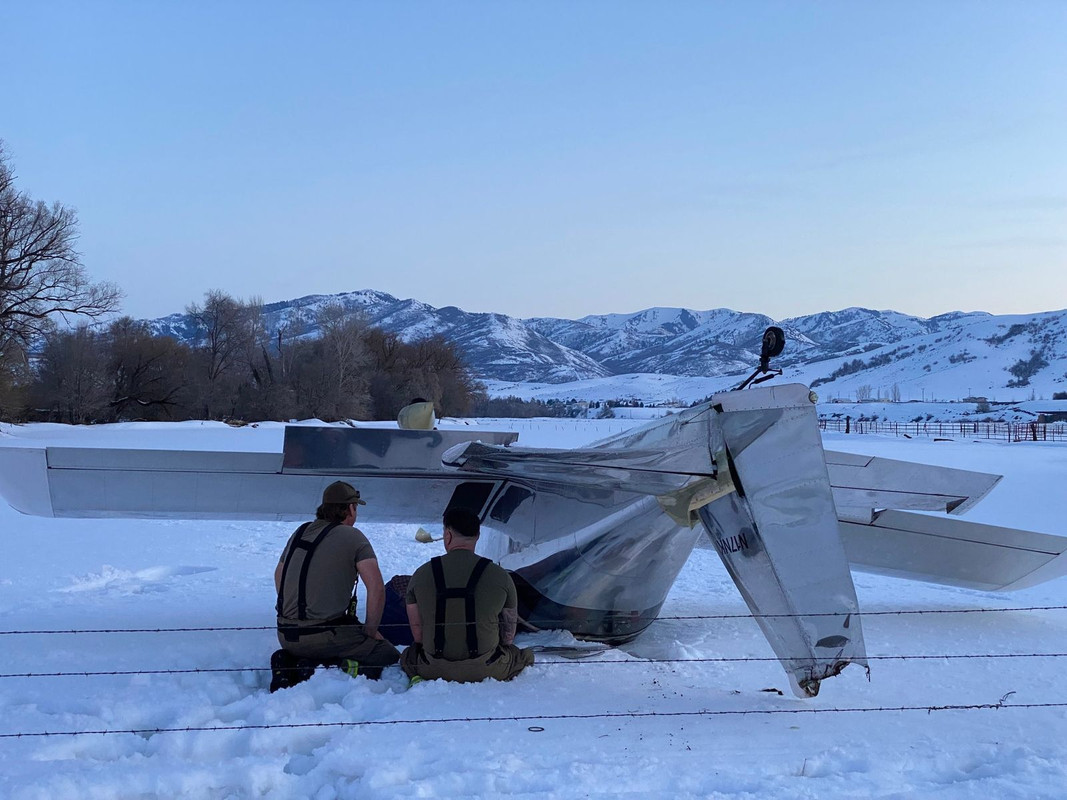well, there are several ways to learn: 1) read the manual and follow the instructions, 2) watch others that didn't follow the instructions, 3) be the one that didn't follow the instructions. improper propeller bolt torque is a sure way to lose a propeller because the bolts are allowed to stress cycle and fatigue. with the proper torque, bolts cannot stress cycle. this a good learning experience, but expensive. put it back together and get back up there. trust me, he will forever be haunted by proper bolt torque. ...... hey, make sure you are using legitimate certified bolts. there is nothing more important than a bolt. they are the foundation of most everything we do. .... and if you are coming down in the snow, you are going to flip over, so be prepared for that. at 9K feet elevation upon landing, his ground speed would be higher than us low landers. I am glad there were no injuries.
https://data.ntsb.gov/carol-repgen/api/ ... 107032/pdf
Analysis
The pilot reported he noticed an odor of burning oil shortly after takeoff. About a minute later, the airplane began to shake, oil covered the windscreen, and the propeller separated from the crankshaft. The pilot performed a forced landing in a snowy field, and during the landing roll the airplane nosed over and came to rest inverted. The propeller assembly was found in a field about two miles away.
The most recent condition inspection was completed by the pilot one week before the accident flight, and the airplane had accrued three flight hours since the inspection. Although brass flakes were observed in the engine oil during the condition inspection, engine data recovered from the airplane’s multi-function display was consistent with normal engine operation.
Five of the six propeller bolts were recovered and examined after the accident. The examination revealed fatigue cracks in multiple areas on each bolt that progressed until each bolt failed in overstress. Additionally, two of the recovered bolts displayed more extensive fatigue features than the other three bolts that were examined.
The pilot documented that he had removed, inspected, and reinstalled the propeller during the condition inspection. Given this information, it is likely that the pilot/builder had not torqued all the propeller attachment bolts to the correct value, resulting in the progressive fatigue failure of the bolts.
He could not recall the torque value he used during the installation of the propeller. According to MT Propellers Operation and Installation Manual E-124, torque values for propeller attachment bolts are 63-66 ft/lbs.
Probable Cause and Findings
The National Transportation Safety Board determines the probable cause(s) of this accident to be:
The pilot/builder improperly torqued the propeller attachment bolts while reinstalling the propeller, which resulted in the fatigue failure of the bolts and the separation of the propeller assembly.
this photo says it all, it could have been a lot worse. so glad for no injuries.

